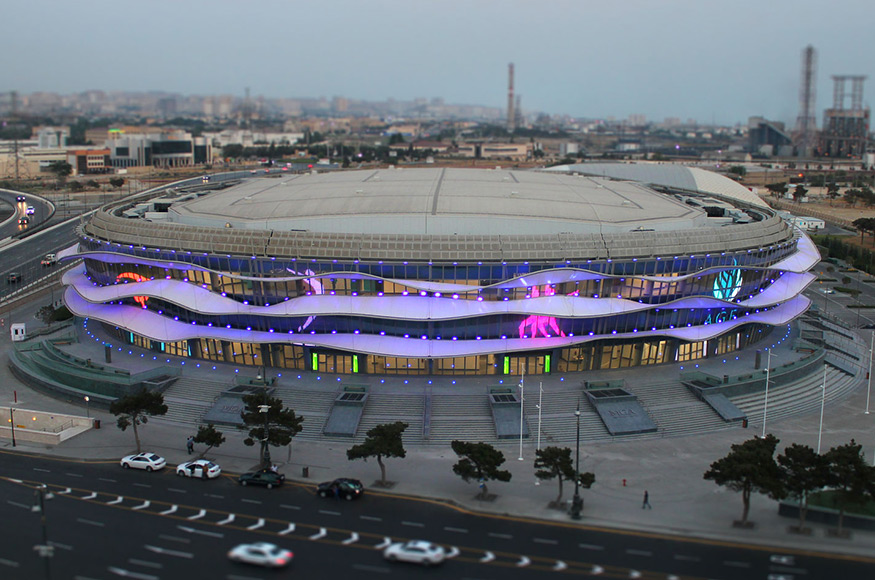The global stage of minifootball returns with the highly anticipated WMF World Cup 2025, set to take place from May 21 to June 1 in Baku, Azerbaijan. For the EMF, this World Cup presents a major opportunity. Twenty European nations will compete among the 32 total participants, with several entering the tournament as top contenders. In the last edition (WMF WC 2023), we witnessed clear European dominance, with Romania taking gold, Kazakhstan silver, and Hungary bronze.
The entire tournament will be hosted in the impressive National Gymnastics Arena, a modern facility with a seating capacity of over 5,000 spectators. Opened in 2014, the arena will become the center of the minifootball world for almost 2 weeks of high-intensity competition.
Key European Contenders
Azerbaijan: As host nation, Azerbaijan will enjoy home-court advantage and strong local support. With a talented squad and growing pedigree in the sport, they are considered one of the frontrunners to claim the title.
Romania: A traditional powerhouse in minifootball, Romania consistently ranks among the top teams globally. Known for their tactical discipline and deep tournament experience, they are widely viewed as a top title challenger.
Serbia: The reigning European champions arrive in Baku with momentum and confidence. Serbia’s blend of physical strength and technical precision makes them a dangerous opponent for any team.
Kazakhstan: One of the most improved teams in recent years, Kazakhstan has developed a reputation for a mix of sharp deffensive and attacking play as well. A deep run in the tournament would not be a surprise.
Hungary: Unpredictable but talented, Hungary is capable of making a deep run — or suffering an early exit. Their ceiling is high, and they remain one of the tournament’s wildcards.
Czechia and Slovakia: Both nations have struggled to break through the quarterfinal barrier in past events but bring competitive squads with potential to surprise.
The group stage features eight groups of four teams. The top two from each group will advance to the Round of 16. With 20 European teams in the draw, intra-European clashes are inevitable, and the path to the trophy will require depth, adaptability, and consistency.
As the tournament approaches, excitement builds not only in Baku but across Europe. National teams are finalizing preparations, and fans are eagerly awaiting what promises to be a spectacular showtime. Whether through technical brilliance, defensive discipline, or inspired leadership, Europe will be aiming to leave its mark — and bring the trophy back to the continent once again.


